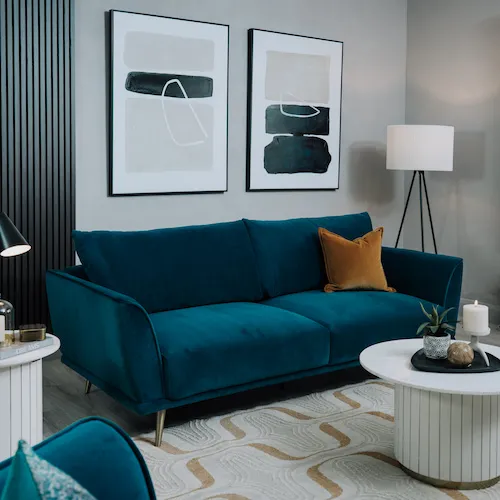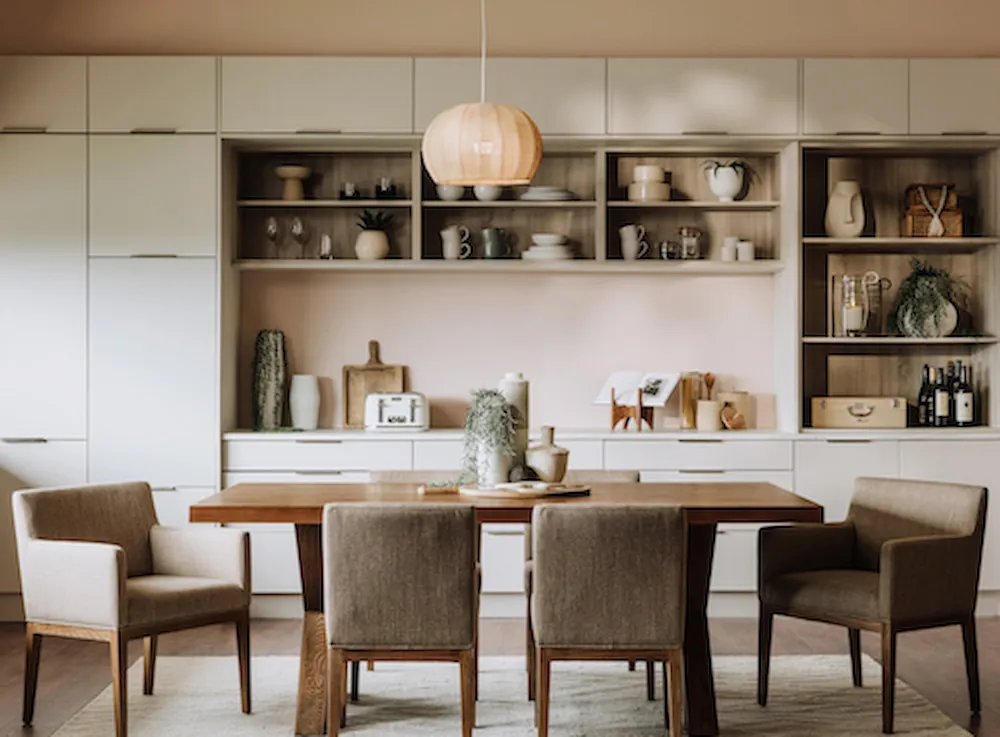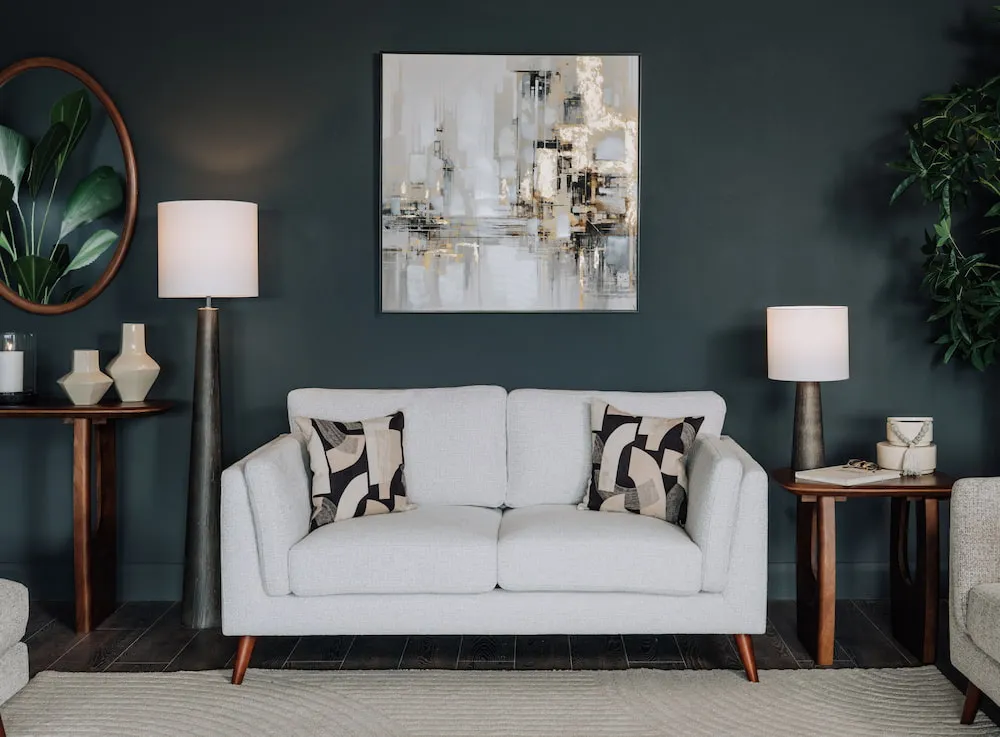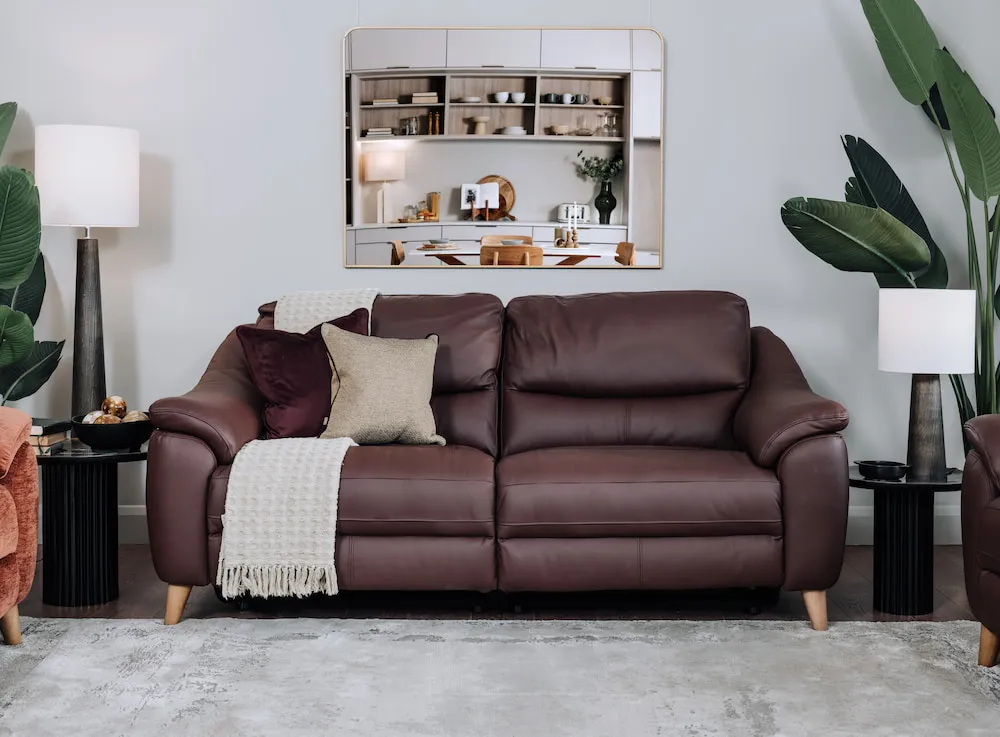If you’re an avid follower of ours on social media, you might have already heard of the 60-30-10 decorating rule. This technique helps people to choose the best colour schemes for their homes using ratios. So, if you’ve been struggling to put a mood board together for your interior decor or have spent hours scrolling through online inspiration and are still at a loss for what to do, this is the blog for you! EZ Living Furniture will walk you through how to incorporate the 60-30-10 rule into every space in your home. Let’s get started!
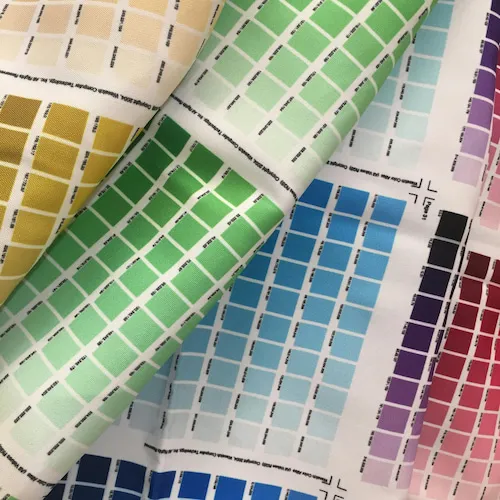
What Is The 60-30-10 Rule?
This technique was established to help designers choose and pair colours for their designs. Interior design is all about prior planning, while the experts might make it look easy, it’s anything but. Typically, designers will use mood boards to show their ideas to their clients, but some will also use the 60-30-10 decorating rule in their designs.
To put it simply, the 60-30-10 rule dictates that the primary or dominant colour should take up 60% of the design. The secondary colour should consume 30% and the remaining 10% should be reserved for your accent colour.
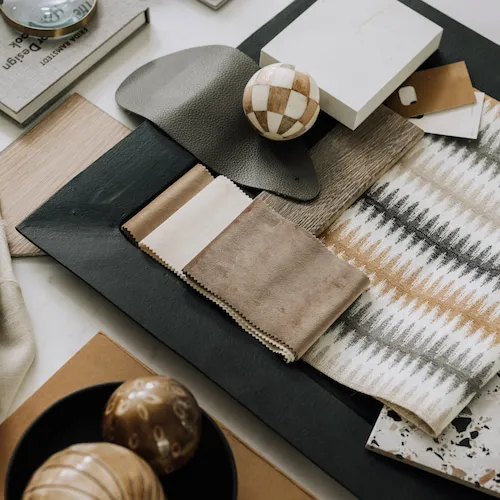
Why Is The 60-30-10 Rule So Important?
Well, firstly and most importantly, it assists with visual balance. The key to achieving visual balance in a design is not allowing one colour or element to overpower the others. The 60-30-10 rule ensures there’s a balance by allocating percentages to each colour. Another reason why it’s so important is that it is great at emphasising those key elements in your design. The primary colour is there to draw attention to the larger surfaces and will establish the overall mood of the design. The secondary colour aims to support the dominant colour. And finally, the accent colour at 10% highlights specific features or parts of the design.
How To Use The 60-30-10 Rule For Your Design?
- The Primary Colour: This is the most prominent colour of the design. It will form the entire foundation of the colour scheme (60%) and is usually a neutral colour. Colours such as white, blue, beige, and so on can be used as primary colours.
- The Secondary Colour: As previously mentioned, this colour supports the primary colour and adds more visual interest to the design. It covers 30% of the design and colours like teal, blue, black, dark blue can all be used as secondary colours.
- The Accent Colour: This colour highlights specific sections of a design and covers the final 10%. Accent colours are usually colours that “pop” and have a high contrast. Think yellow, orange, pink etc.
It’s important to choose colours that complement each other for your designs. This will contribute to the overall aesthetics.
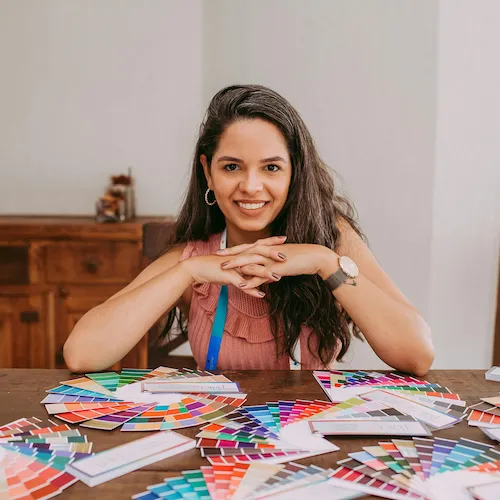
How To Choose A Colour Palette?
Now that you know how much of each shade you should use in your design, it’s time to decide on the colours for your palette. While this may come easy to some, especially the professionals, for others with less experience it’s a little harder. To simplify this process and cut down on research time you can use a free online tool. Simply search for free colour palette generators! These programmes will show you a whole range of colours that can be paired together. You can also change the ratio of each colour to reflect the new 60-30-10 rule to get a real sense of what your design could look like once implemented.
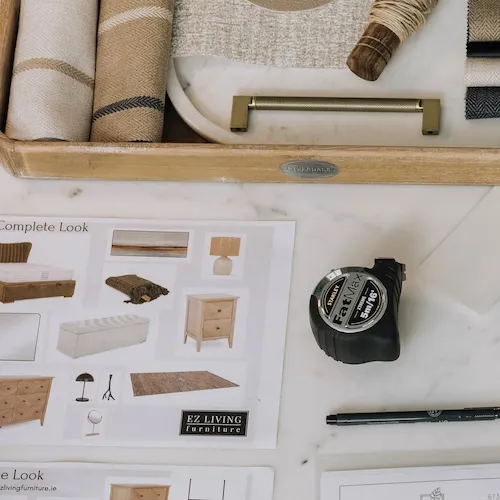
Whatever colours you decide to go with will heavily depend on the overall aesthetic you want to achieve. Remember that becoming a colour expert will only come with adequate practice. So, if you want to see improvement in your use of colour, make sure to practice, practice, practice!
We hope you enjoyed this content and found it useful and informative. We aim to share our expertise and knowledge with our customers and to do this we have a team of content creators working tirelessly behind the scenes. We do not use AI to create our content. Click this link to find out more about our team and content guidelines.
